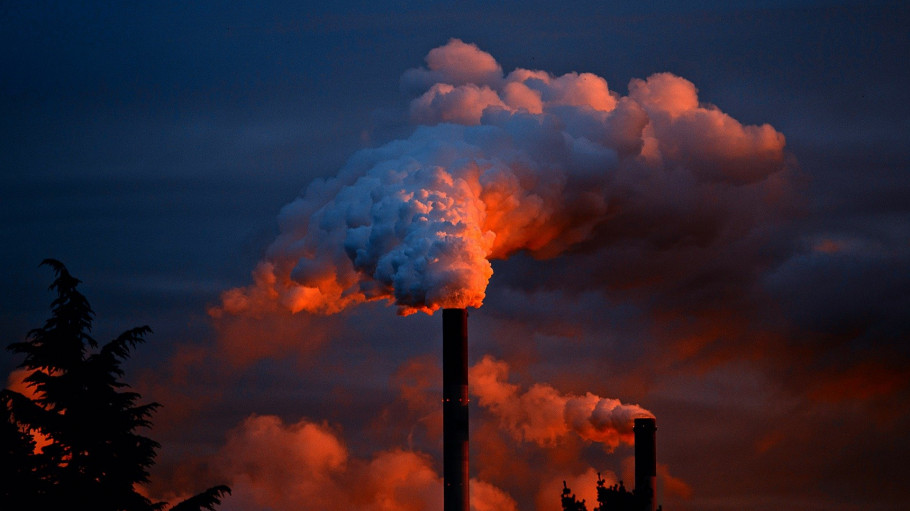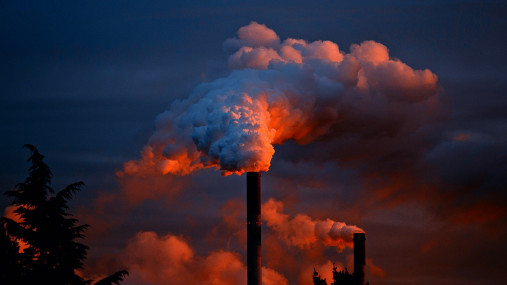
Publications » Position papers » Energy Efficiency Directive
Energy Efficiency Directive
Downloads and links
Recent updates

The European industry keeps facing high energy prices that affects its cost-competitiveness towards main competitors in third countries. The issue of high energy costs, in particular for energy-intensive industries exposed to global competition such as steel, must be addressed through a coherent EU energy and climate policy that ensures affordable energy prices, industrial competitiveness on the EU’s internal market as well as on international markets, security of supply and reliable achievement of the EU climate and environmental objectives.
The regulatory framework shall address and minimize the impact of regulatory costs related to decarbonisation and the promotion of energy efficiency on the competitiveness of energy intensive-industries and promote innovative low carbon solutions that can contribute to the energy and climate targets, taking exposure to international competition fully into account.
Due to the high share of energy costs in total production costs, energy efficiency is a key element for preserving the competitiveness of European steel companies. This is why they operate processes very close to the thermodynamical limits in terms of energy consumption. Deeper emissions reductions are only possible with the deployment and roll out of breakthrough technologies that require, among others, access to abundant and competitive low carbon energy sources, including hydrogen and electricity.

Download this publication or visit associated links
Strasbourg, 17 December 2025 – The European Commission’s latest proposals on the Carbon Border Adjustment Mechanism (CBAM), unveiled today, correctly identify several loopholes that risk undermining its effectiveness, notably regarding EU exports, downstream sectors and circumvention practices. However, despite these laudable efforts, the measures put forward fail to deliver a comprehensive and durable response to carbon and jobs leakage, warns the European Steel Association (EUROFER).
A milestone occasion to quickly and effectively restore affordable electricity, to relaunch the
decarbonization and strengthen the international competitiveness of the European steel
industry.
Brussels, 02 December 2025 – Unchanged negative conditions – U.S. tariffs and trade disruptions, economic and geopolitical tensions, protracted weak demand and still high energy prices – continue to weigh on the European steel market. EUROFER’s latest Economic and Steel Market Outlook confirms for 2025 another recession in both apparent steel consumption (-0.2%, unchanged) and steel-using sectors (-0.5%, revised from -0.7%). A potential recovery is expected only in 2026 for the Steel Weighted Industrial Production index (SWIP) (+1.8%, stable) and for apparent steel consumption (+3%, slightly revised from +3.1%) – although consumption volumes would still remain well below pre-pandemic levels. Steel imports retained historically high shares (27%), while exports plummeted (-9%) in the first eight months of 2025.